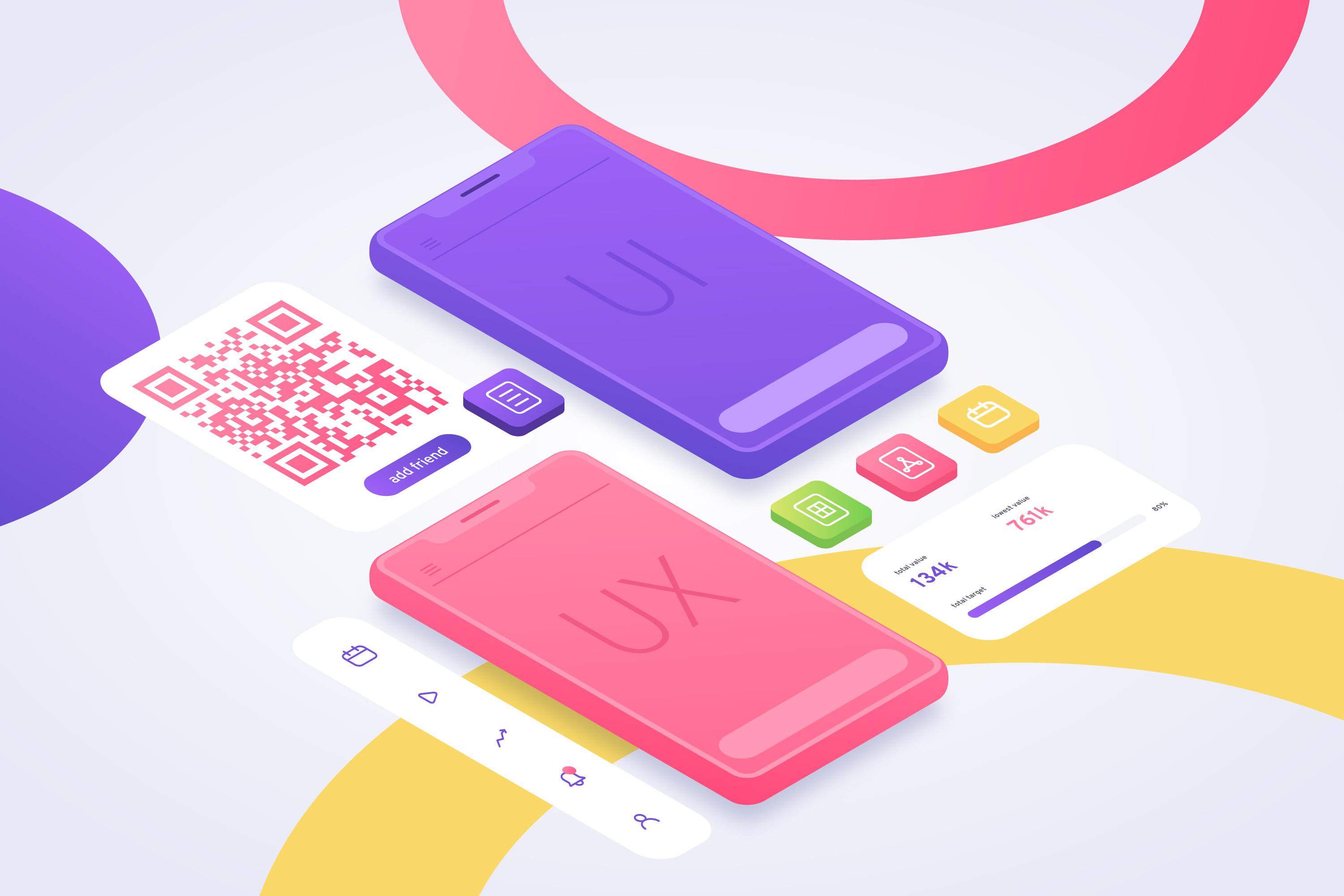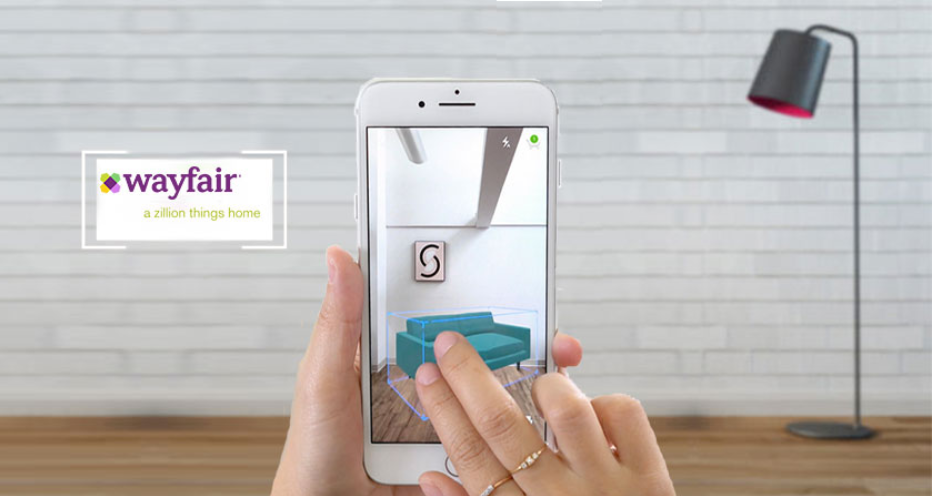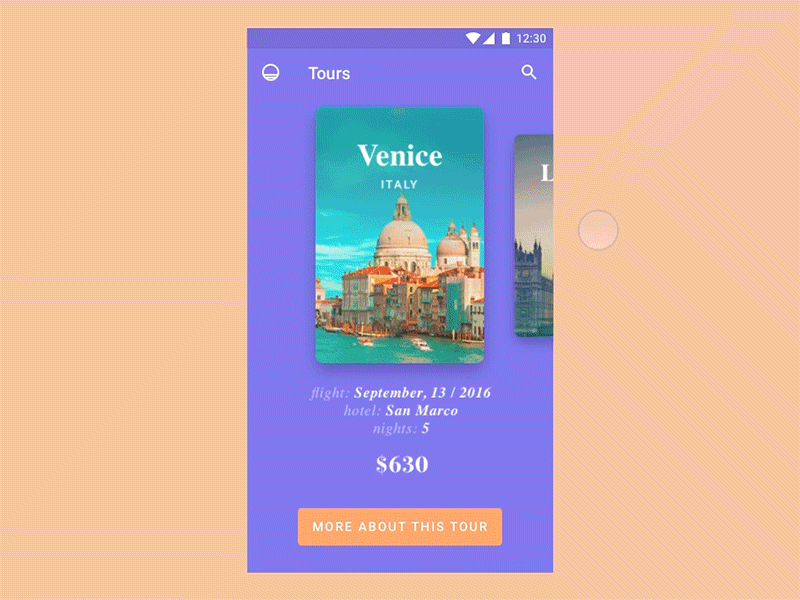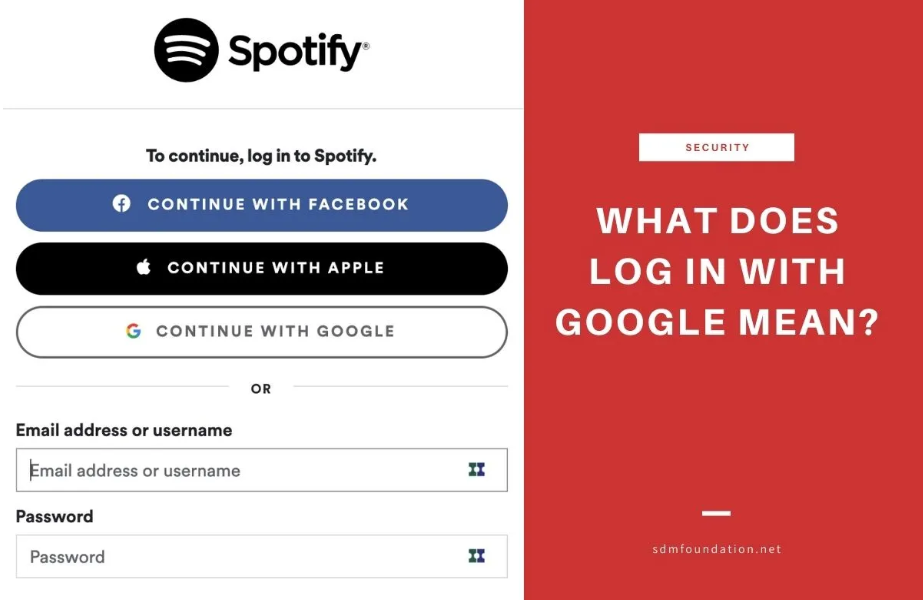UI/UX Design Trends of 2023

In today's world, software is used for almost everything - from paying bills to buying clothes and ordering food. While developing an application, developers often focus solely on its features. However, no matter how advanced the software is, it won't be effective if it doesn't have a well-designed user interface (UI) and user experience (UX).
UI and UX are two different things, but they both serve the same purpose - to improve the user's interaction with the software. UI focuses on what users see when they use the software, including its design, graphics, and presentation. It is typically created using graphic design applications like Photoshop and Illustrator. But a visual design is ineffective without a plan, which is where UX comes in. UX is responsible for the user's interaction with the software, including how it reacts to user actions. It encompasses the user's feelings, perceptions, emotions, and preferences while using and after using the application. Accessibility, simplicity, and usability are key to a satisfactory UX.

The UI/UX design is an essential part of the development process. This is where the success of your application begins. To create an effective design, it's necessary to conduct thorough research and understand your clients' needs. A poor design and negative user experience can lead to the rejection of the application. In short, customer satisfaction is everything. Just look at these statistics:
79% of users who can't find what they're looking for on one website will continue searching on other websites.
70% of customers have abandoned shopping carts due to a bad user experience.
65% of website visitors would refuse to fill out a form if it asked for too much personal information.
88% of online shoppers say they wouldn't return to a website after a bad user experience.
Therefore, attractive design and easy navigation are critical to the overall success of a project. A great UI/UX design can attract more users, gain popularity over competitors, and ultimately lead to better business outcomes.
The landscape of UI/UX design is constantly evolving. Some trends are cyclical, and most of them relate to UI design. Popular trends include minimalism, gradients, retro and vintage style, brutalism, futuristic colors, blur backgrounds, aurora backgrounds, supersized typography, and animation. However, they are more of a matter of preference, and the choice largely depends on the project and your target audience. Yet, there is an evident top 10 UX trends that will rule in 2023 regardless of the style chosen, and they are:
1. Mobile-first design
According to a Statista survey, 63% of organic search traffic comes from mobile phones. So, mobile devices continue to dominate the market, and it's crucial to prioritize mobile users in your design process. Mobile-first design focuses on creating a seamless user experience for mobile users before expanding to desktop users. It ensures that your application looks and performs well on any device. When it comes to mobile-first design, content is the core foundation, and you should avoid distracting elements that could detract from the user's experience.

2. Night/dark mode
Night or dark mode is becoming increasingly popular as people spend more time staring at screens. Dark mode can reduce eye strain and make it easier for users to stay focused. It also provides a seamless experience when using the application in low-light environments. Implementing dark mode can greatly improve the user experience if your application is intended for long-term use.

3. Gamification
Gamification is the use of gameplay elements to make the software more engaging and addictive. People enjoy playing games and competing with their peers, so incorporating game-like elements into your application can make the experience more enjoyable and increase user retention.

4. Personalization/Customization
Personalization involves adapting an application, interface, functionality, or content to the user's preferences. It uses artificial intelligence and data collected by the system to create a profile of potential clients, their needs, buying habits, behavior, and location. According to a Deloitte survey, 36% of consumers are interested in purchasing personalized products or services. E-commerce applications like Amazon and Nordstrom, streaming applications like YouTube and Netflix, and social media applications like Facebook and Instagram are all examples of applications that prioritize UX personalization.

5. Augment & virtual reality
Augmented reality (AR) and virtual reality (VR) are technologies that change the way we interact with screens, creating new and immersive experiences. AR combines virtual information with the real world by adding digital elements to the user's surroundings, often using the camera on a smartphone. VR creates fully simulated environments. Both AR and VR offer the opportunity to design unique and highly-immersive experiences for users. The potential of AR and VR in industries like healthcare, manufacturing, and media is also significant. However, AR and VR projects require a different set of design rules and practices. As a result, we will likely see new UX design rules emerging across all industries as we move away from screen-based interfaces.

6. Breadcrumb Navigation
Breadcrumb navigation is a secondary form of navigation that helps users access nearby content. It shows the path to the current item, such as a category in a catalog. Breadcrumb navigation is usually hierarchy-based but can also be attribute-based or history-based. Breadcrumb is a valuable tool that allows users to easily navigate large applications.

7. CTA Button Design
A call-to-action (CTA) button is an interactive UI feature that directs users to take a specific action, such as trying, buying, or subscribing. Without a CTA button, users may not know what to do next and may leave without completing their tasks. However, not everyone wants to share their personal information immediately, so CTA buttons must be used wisely. You can show potential users the benefits of your application by offering a free trial or allowing them to interact with the application without registration before asking them to share their personal data, subscribe, or buy.

8. Micro-interactions (swipe photo carousels, hover color, animation, like button, etc.)
Microinteractions are the moments where the user and the design interact, such as swiping photo carousels, hovering over colors, using a like button, or having an animated cursor. They let users know that the application understands and responds to their actions, such as a color change when a button is tapped or a light vibration while typing a message. Microinteractions can have a significant impact on the user experience. There are two types of microinteractions: user-triggered and system-triggered. In a user-triggered microinteraction, the user must initiate the action, such as pressing a button, swiping, scrolling, or clicking. In a system-triggered microinteraction, the software detects when certain conditions are met and initiates an action, such as sending a pop-up animation or notification.

9. Voice User Interface
Voice user interface (VUI) is a speech recognition technology that allows users to interact with digital products through voice commands. Examples of VUIs include virtual assistants like Apple Siri, Google Assistant, and Amazon Alexa. VUI poses unique design challenges compared to graphical user interfaces, but it offers users a faster and more intuitive way to complete everyday tasks. It also has high accessibility, making it particularly useful for individuals with vision impairments. It allows users to interact with an application hands-free and without having to look at the screen. We are only at the beginning of what is possible with VUI, and the best practices for designing these interfaces are still being established.

10. Passwordless access
When it comes to the sign-in page, creating a password is a thing that can prevent people from using your application. So, another emerging trend in UI/UX design is passwordless access. Many applications don't require complex passwords, as they don't handle sensitive information that requires a high level of security. Complex passwords can be difficult for users to remember and can still be hacked using specialized software. Passwordless authentication offers a solution to this problem, allowing users to access an application without a password by logging in with Google, social media, or fingerprints. This approach is much more secure than using passwords, which are responsible for over 80% of data breaches.

Overall, UI/UX design trends are constantly evolving, with many experts working to develop and improve best practices for specific industries. If you want to learn more about the features of UX design in your industry, feel free to reach out to us or leave a comment on social media.

Recommended articles
![article-recomended-hero-[object Object]](https://images.ctfassets.net/psyys3eoga8f/3213B48k3t4DemBtTIBnZO/5969735781ad6e1140521922ec65a558/Apple-vision-pro-20230606__1_.jpg)
The concept of virtual reality (VR) has been around for several decades, with early ideas and experiments dating back to the 1960s and 1970s. This technology uses computer-generated simulations or environments to create an immersive user experience, typically delivered through a headset or similar device.
Read more![article-recomended-hero-[object Object]](https://images.ctfassets.net/psyys3eoga8f/2CEAdFpbfx8dgiaq8XtS7E/73221edadf4bb79e9d1f5085c5122ae2/main.jpg)
To truly showcase your organization online, you need a well-crafted website. Website builders have simplified the process, enabling anyone, even without coding knowledge, to create a website.
Read more![article-recomended-hero-[object Object]](https://images.ctfassets.net/psyys3eoga8f/1PEPEzwY69gIptyfctAiaV/9abb366110f81cb94505100d9d4be077/main.jpg)
Today, B2B buyers have taken charge of their decision-making process by conducting thorough online research before engaging with sales professionals. Nearly 95% of consumers now prioritize online reviews as a crucial step in their purchasing decisions.
Read more